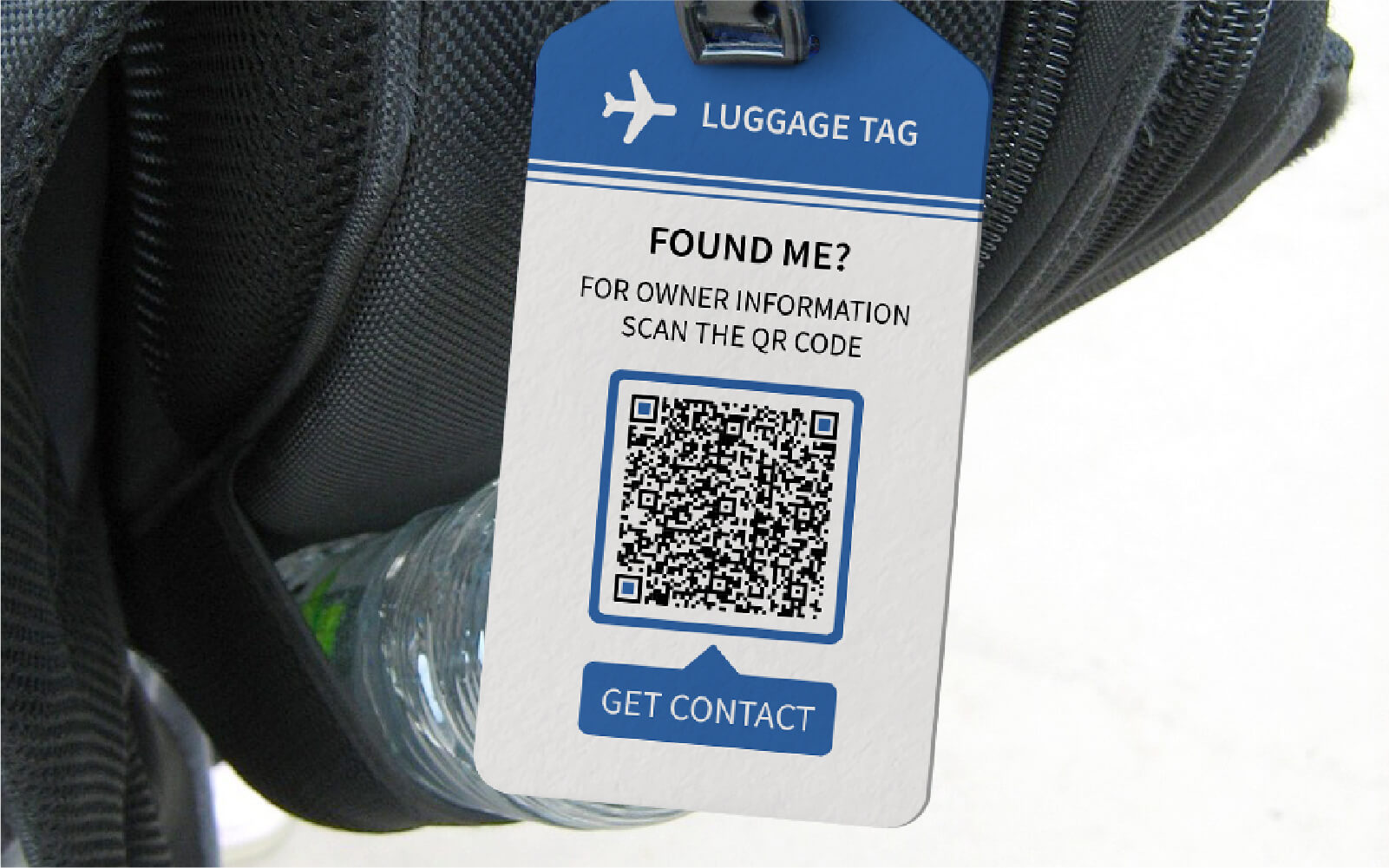Introduction
Losing personal belongings can be a frustrating experience, causing inconvenience and anxiety. Fortunately, Quick Response (QR) codes have emerged as a practical solution for lost and found items, revolutionizing the way lost possessions are recovered and returned to their rightful owners. By incorporating QR codes into personal belongings, individuals can enhance the chances of their lost items being reunited with them swiftly and efficiently. In this article, we will explore how QR codes have become a valuable tool in the realm of lost and found, providing a practical and convenient solution for both owners and finders.
Simplified Contact Information
QR codes offer a streamlined method of providing contact information for lost items. By affixing a QR code to personal belongings, owners can link the code to their contact details, including their name, phone number, and email address. When an item is found, the finder can scan the QR code using their smartphone, instantly accessing the owner’s contact information without the need for manual data entry.
This simplified contact retrieval process eliminates potential errors in transcription and ensures a direct and efficient means of communication between the finder and the owner. QR codes expedite the process of initiating contact, increasing the likelihood of lost items being returned promptly.
Immediate Retrieval of Lost Item Details
QR codes also enable immediate retrieval of critical information about the lost item. Alongside contact information, owners can include additional details such as the item’s description, sentimental value, or any specific identification marks. This information can be accessed by the finder upon scanning the QR code, providing valuable context and aiding in the identification and verification of the lost item.
By providing detailed information through QR codes, owners can provide essential clues that help finders recognize and confirm that they have indeed found the correct item. This ensures a smoother and more accurate reunion between the owner and the lost possession.
Increased Finder Engagement
QR codes encourage finder engagement in the process of returning lost items. Finders scanning the QR code can be directed to a dedicated web page or a messaging platform that facilitates communication with the owner. This allows finders to provide additional information or arrange for the return of the item in a convenient and secure manner.
By creating an engaging and user-friendly experience for finders, QR codes incentivize and motivate individuals to take the initiative in returning lost possessions. The ease of scanning a code and accessing direct communication channels eliminates potential barriers that might discourage finders from attempting to return the item.
Confidentiality and Privacy
QR codes offer a layer of confidentiality and privacy for owners while still facilitating the return of lost items. By using a QR code, owners can control the amount of personal information shared with finders. Instead of displaying personal contact details directly on the lost item, owners can opt to share only the necessary information through the QR code.
This confidentiality protects owners’ privacy, reducing the risk of unwanted calls or messages. The QR code acts as a secure intermediary, enabling communication while safeguarding personal information until the owner and finder establish direct contact.
Scalability and Versatility
QR codes provide a scalable and versatile solution for lost and found items. Whether it’s a small personal belonging, such as a wallet or a smartphone, or a larger item like luggage or a bicycle, QR codes can be easily affixed to various surfaces and objects. Their adaptability allows for seamless integration into different items, ensuring that the lost and found solution can be implemented across a wide range of possessions.
Furthermore, QR codes can be printed on various materials, including stickers, tags, or labels, making them accessible to anyone who finds a lost item. Their simplicity and universality contribute to their effectiveness as a practical solution for lost and found possessions.
Conclusion
QR codes have become a valuable tool in the realm of lost and found items, providing a practical and efficient solution for both owners and finders. By incorporating QR codes into personal belongings, individuals can simplify the process of retrieving contact information, provide immediate details about lost items, and increase finder engagement. QR codes offer confidentiality and privacy, while their scalability and versatility make them suitable for a wide range of possessions. Embracing QR codes as a lost and found solution enhances the chances of lost items being reunited with their owners, bringing peace of mind and reducing the inconvenience of losing personal belongings.












